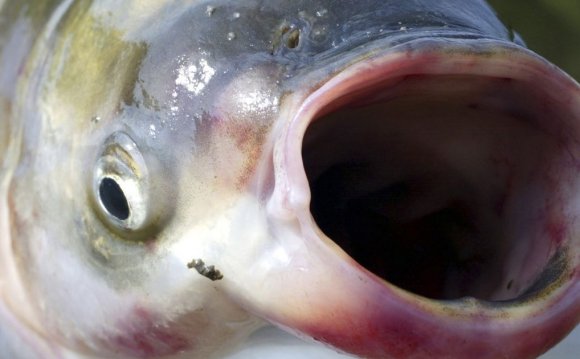
 Lake Erie had the burning Cuyahoga tributary, it was the brunt of jokes about its depredated condition. Lake Erie was known as the lake that was dying in the 1970’s. In truth Lake Erie never ‘died’ but it is true that sport fish populations were very low, there was algae in the lake and in general the world’s 12th largest lakes waters were in big trouble.
Lake Erie had the burning Cuyahoga tributary, it was the brunt of jokes about its depredated condition. Lake Erie was known as the lake that was dying in the 1970’s. In truth Lake Erie never ‘died’ but it is true that sport fish populations were very low, there was algae in the lake and in general the world’s 12th largest lakes waters were in big trouble.
There was a massive effort to bring Lake Erie back to a healthy state. The good news is that because Lake Erie is so shallow and turns over every 2.6 years, that it can get healthy pretty fast if the problem sources are reduced/eliminated. The Great Lakes Water Quality Agreement between the United States and Canada set phosphorous limits for Lake Erie at .1mg/liter and mercury limits at .01mg/liter. At the time all sources of nutrients, especially phosphorous were targeted for reductions. The amount of phosphorous coming into Lake Erie was halved from the 1970’s to the 1980’s. The major sources of phosphorous reductions were: phosphorous outputs at wastewater plants; eliminating phosphorous from laundry detergent; no till farming practices.
Because of the phosphorous reductions grew to become the Walleye Capital of the World and tourists once again flocked to Lake Erie. Lake Erie became the greatest ecosystem recovery in the world.
Then from about 2003 on noticeable algae blooms were once again in the lake. Heidleberg’s water quality lab showed that dissolved reactive phosphorous was steadily increasing since 1995.
Water quality reports from the states bordering Lake Erie generally indicate improvement in Lake Erie’s tributaries. Strangely, there is no continuing water quality monitoring in Lake Erie itself. Funding for monitoring in Lake Erie stopped just before the turn of the century.
State required Clean Water Act reports deal with a complex set of criteria and evaluations for Lake Erie tributaries and are reported statewide. This means that for instance, Ohio drains both to the Ohio River and Lake Erie, but the changes in the two receiving waters are not compared to the water quality analysis in the tributaries.
In short, Lake Erie water quality is analyzed by researchers on a subject by subject basis but not lakewide and there is no continuous monitoring, or often even sampling at the outfalls of the tributaries to Lake Erie.
YOU MIGHT ALSO LIKE











